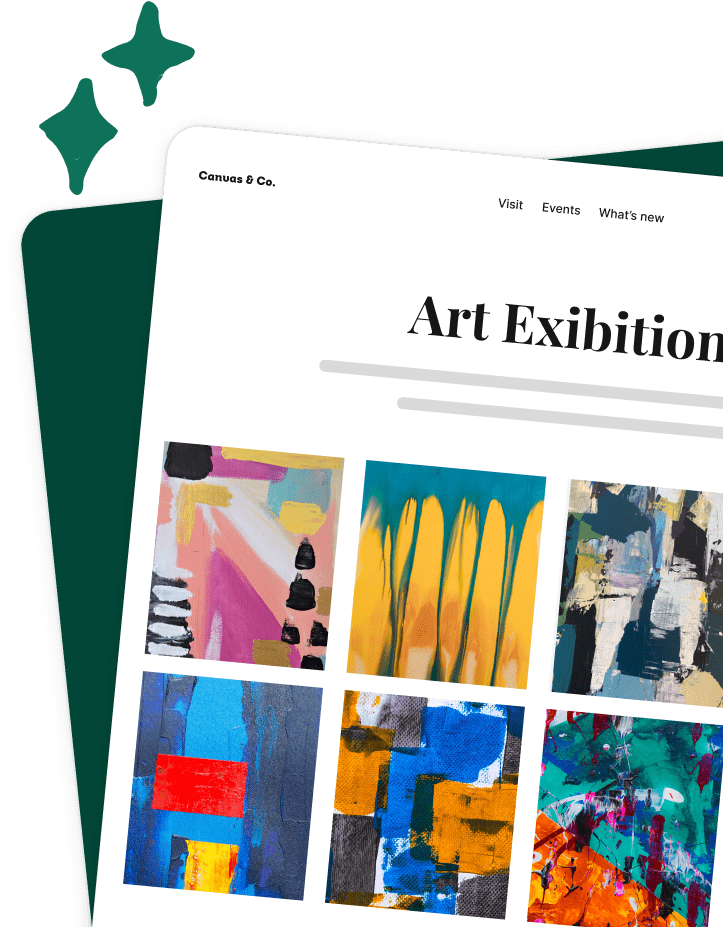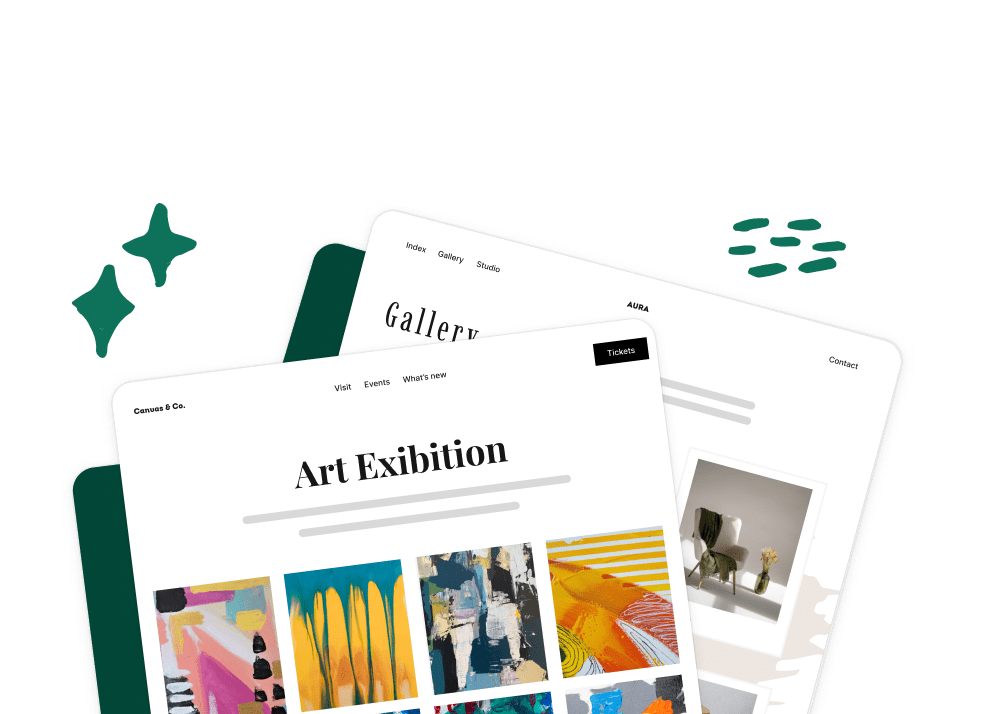Wildlife photography involves photographing wild animals in their natural habitats. Sounds fun, right? Breaking in to this genre, however, can take a lot of work. What’s the easiest route to becoming a wildlife photographer?
Magazines like National Geographic have popularized beautiful editorial images of wildlife. Many National Geographic photographers are paid to travel to exotic locations to shoot rare animals. But even these photographers had to start somewhere, and that starting point is what this guide will focus on.
So, where do you begin you wildlife photography career? We’ll talk about:
- Getting started in wildlife photography
- Skills you need to get into wildlife photography
- Equipment you need for wildlife photography
Getting Started in Wildlife Photography
Getting started with wildlife photography can seem like a big commitment. You might feel the need to upgrade both your camera body and lens. You might also feel as though you can’t accomplish much with the equipment you have.
This is far from the truth. In fact, learning to be creative with the gear you have is part of the fun. Here is an example of something you could achieve with a kit lens:
Furthermore, you don’t have to travel to take great photos. You can start with photographing the animals near you. Learning how to take good photos of domesticated animals or animals in an urban atmosphere is good practice.
What Is the First Step to a Wildlife Photography Career?
The first step is to spend time with animals. If you’re in a city, try dog parks, nearby national parks or forests. Before you head out, do your research and talk with park rangers to ensure your safety!
Once you have found a location to shoot in, research the types of animals you may encounter. If you want to photograph birds or smaller, easily spooked, animals, you’ll want to invest in a longer lens. Thankfully, many kits today come with 55-250mm focal length lenses, which are perfect to start with.
If you’re going somewhere like a dog park, make sure to ask pet owners before you photograph their animals. Most dog owners will be happy to let you take photos — some may even ask you to share them! This is a great way to get practice focusing and working with subjects that don’t obey commands.
Either way, practice focusing and exposing your images correctly. If you don’t want to dive into full manual controls, use a shutter speed priority shooting mode. This mode allows you to limit your shutter speed while your camera does the rest of the work for you.
When looking at wildlife images, notice how they are composed. Often, just like portraiture, the focal point will be the eye. Notice how animals are cut off in image framing. Just like humans, professionals tend not to cut animal bodies at joints.
Keep up the practice and see if this type of photography is for you. Practicing will give you a good idea of what subjects you enjoy imaging. That will help you decide what type of equipment to buy.
Where Can You Train as a Wildlife Photographer?
There are many places to receive training as a budding wildlife photographer. Before looking into expensive courses, however, you might want to find other alternatives. In-person and online courses are great, but if you’re just starting, they can be a steep investment.
Free online content is another, cheaper option. Tools like YouTube and paid video tutorial platforms allow you to easily access a wealth of knowledge. If you like someone’s images, follow their advice and see how far it takes you.
Also, consider finding a mentor who can take you out shooting, critique your images, and help you improve your technique. This will make the rate at which you improve much faster.
To find a mentor, look for groups of wildlife photographers near you. Ask around, and see if someone is willing to take you under their wing. Who knows, you might end up with a professional teaching you the ropes!
Lastly, look for community college or center courses in photography. While there may not be wildlife specific options, learning about the art of photography in general will make you better. Additionally, this opens you up to getting your work examined and critiqued, which is a sure fire way to improve.
What to Consider Before Pursuing a Career in Wildlife Photography
A career in any type of photography is hard work. Wildlife photography is especially arduous because of the amount of travel it requires. You probably won’t be able to make a living in one place alone, so be prepared to move around.
As a wildlife photographer, you may also find that your financial progress is limited. Very few wildlife photographers catch a big break like being printed in National Geographic. Those that do are astoundingly skilled and very lucky.
So, you might not make too much money, and you might have to travel a lot. If this suits your lifestyle and you aren’t materially driven, wildlife photography might be the career for you. However, there is one more reason that you might hesitate to pursue wildlife photography as a career.
The field has a high barrier to entrance. To become a professional, you need to begin with a high level portfolio and some decent gear. Of course, if you can’t yet afford the gear for decent photos, you can work your way up by taking smaller jobs to help pay for it.
If this barrier to entrance is too steep, or you don’t want to commit, you can still be an enthusiast. There is nothing wrong with being a part time or hobbyist wildlife photographer if you really enjoy the work that goes into it.
Skills Needed to Be a Wildlife Photographer
There are three primary skills that a wildlife photographer needs to have. These are:
- Patience
- Quick thinking
- Creativity
Although you could apply these to many genres of photography, they are especially central to wildlife photography.
Learning to Be a Patient Photographer
If you are used to studio or event photography, wildlife photography will be a major test of your patience. Where studio and event photography are fast-paced, wildlife photography is slow going and requires a lot of time per shot.
You might be waiting in a perch, waiting for the birds to fly down and let you snap a shot. Or, you might be waiting for an animal to poke its head out of a den. You might even find yourself on a dusty truck waiting for a herd of elephants to traipse through the savannah.
This test of patience can wear down a lot of inept wildlife photographers. Especially when all this waiting ends in a day with no shots, which happens.
Being a Fast Thinking Photographer
When you’re dealing with wildlife, you might only have moments with your subject. You can’t control how long your subjects stick around, so have to be a fast thinker and agile with your camera.
With time, your dexterity with your camera will improve. You’ll be able to quickly frame an animal in your viewfinder, make sure your exposure is perfect, and take bursts of shots. At the same time, you have to balance the autofocus, the right shutter speed, and the fact that animals move unpredictably.
Thinking Creatively While Shooting Wildlife
When taking photos of wildlife, it is important that you are creative about your compositions. Sometimes things just work out, and sometimes you might need to make fast, silent adjustments to get the framing just right.
How Long Does it Take to Become a Wildlife Photographer?
As you now know, a strong portfolio is essential to your success as a wildlife photographer. So, the time you invest in your photos on the front end will help advance you more quickly. There are two pieces to a wildlife photographer’s portfolio:
- Best work showcase
- Clippings
Showing your best work is obvious, but it is also important to show where you have previously had work published. Clippings from magazines, newspapers, websites and other places your work has been showcased should be included. The inclusion of these can lend you credibility as wildlife photographer in your client’s mind.
Getting good at leveraging social media can also up your client base. Clients like to work with photographers who are active online and may even have a following.
What Should You Study to Become a Wildlife Photographer?
There are several areas you can study to become a wildlife photography. Outside of studying photography, majors in biology or zoology can be a great help.
Outside of traditional schooling, there are many ways you can study to become a wildlife photographer. Books and online guides are always phenomenal resources. Another place to learn valuable skills is in nature itself. Spending time camping, hiking, or exploring nature can all lead to better awareness in the field.
When Should You Start Working to Become a Professional Wildlife Photographer?
If you are currently an enthusiast or part time professional wildlife photographer, when do you step your game up to the full professional level? The first instance is obvious; if it is making you more money and you enjoy it, start.
Always be on the lookout for any opportunities that present themselves. If you’re just starting out, a lower-paying job can help you build your brand and get more exclusive jobs in the future.
When building your photography company, make sure that you are able to take the financial hit if it doesn’t work out for you. Without a fixed source of income, the lifestyle of a professional photographer can be hectic and exasperating.
Realistically, if your work is of a good enough standard and you start finding jobs, you might be able to transition into a full time professional.
Necessary Equipment for a Wildlife Photographer
Let’s look at wildlife specific camera bodies and lenses. Before we discuss more budget-friendly options, let’s take a look at what the working professional wildlife photographer typically uses.
What Is the Best Wildlife Photography Equipment?
Wildlife photographers often have a choice between three different camera bodies. These options are usually:
- Top of the line action cameras, like the Sony A9, Canon 1dX II, or Nikon D5
- High megapixel cameras, like Sony A7RIV, Canon 5DSR, or Nikon D850
- Action APS-C cameras, like Fujifilm XT-3 or XH-1, Canon 7D Mark II or 90D, or Nikon D500
The benefit of the top of the line action cameras is their fast focus speeds and frames per second. These cameras allow you double digit frame rates in continuous autofocus. These cameras also typically have the best weather sealing of these categories and great high ISO performance.
There are several downsides to these cameras, however. One area that may cause a problem is the low megapixels counts of these cameras. With a full frame sensor and low megapixels, there is not as much room for cropping past the original images.
While these cameras have fantastic battery life, they are often heavier and harder to hold for extended periods of time.
High Megapixel Cameras for Wildlife Photography
High megapixel cameras have several benefits. They retain the larger size full frame sensor, but also come with a high pixel density so that you can crop in a high amount on photos. These cameras can be especially good if you plan on photographing more than wildlife, as they are particularly suited for landscapes as well.
But, these cameras perform less well in their frames per second, high ISO and focusing capabilities. This is especially true relative to the professional action cameras from the section above.
The frames per second of these cameras are quite low, as the cameras need to read out large amounts of data between shots. This also means that these cameras will typically have their buffers fill up quickly.
Action APS-C Sensor Size Cameras
The crop sensor action camera strikes a happy medium between the professional action and high megapixel cameras above. With high frame rates and fast autofocus, these mirror the action cameras. With high pixel density, they meet the high megapixel cameras in some regard.
The use of a crop sensor means that you are cropping in on wildlife without losing out on pixels. This is like having a teleconverter that doesn’t make your lens optically worse. You can couple this effect with a physical teleconverter and add up to another 2.0x focal length to your lens.
The downside to these cameras is their high ISO performance and the lack of professional features. But, that might be a small price to pay for these other benefits.
<h4> Lenses for Wildlife Photography
You’ll likely need several lenses for wildlife photography, but you should have a standard 100-400mm f/4.5-5.6 to start. This lens allows quite a bit of zoom and isn’t nearly as heavy as longer prime lenses.
If you need more zoom range, you can look into 150-600mm lenses that occupy the same space. If you need an even longer focal range, you’ll want to look at teleconverters before longer primes.
Lenses like a 600mm f/4 or 800mm f/5.6 could be great, if you can carry them. If you are shooting in the light, you might prefer being able to move around and better compose, rather than having to heft a massive weight around.
Accessories for Wildlife Photographers
As I mentioned earlier, you may find a teleconverter helpful in the field. These devices will increase the focal length and aperture of your lens by a factor of 1.4x or 2.0x. You can even stack them, depending on the original maximum aperture of your lens and what your camera body supports.
Additionally, a monopod is a good accessory to have on hand. Monopods can help stabilize and support your gear for panning shots. If you are shooting a subject with more vertical motion, like a bird, this won’t be too useful.
But, if you are shooting on flat, even terrain, a monopod will be helpful. The more vertical motion introduced to your subject, the less useful a monopod might be.
Lower Budget Wildlife Photography
The list above is somewhat of a dream kit. You can find much cheaper options if you shop around. To get started, you don’t need much outside of a single lens and camera body. The only other two requirements are a battery and an SD card.
The camera choice is rather simple. Pick one of the several fast shutter speed, fast focusing APS-C cameras on the market. As mentioned above, these have high pixel density and fast frames per second.
In terms of a lens, look for third party weather sealed long focal length zoom lenses. THe Tamron G2 and Sigma Sport lines, for instance, are relatively cheaper than native lenses and have relatively similar quality.
If you want to add to your focal length, invest in a teleconverter. 1.4x teleconverters usually have a much lesser effect on image quality and sharpness than 2.0x teleconverters.
I hope this guide was helpful in learning how to become a wildlife photographer. Follow us on Facebook and Twitter for more photography and photo editing content, or sign up for our email list.















